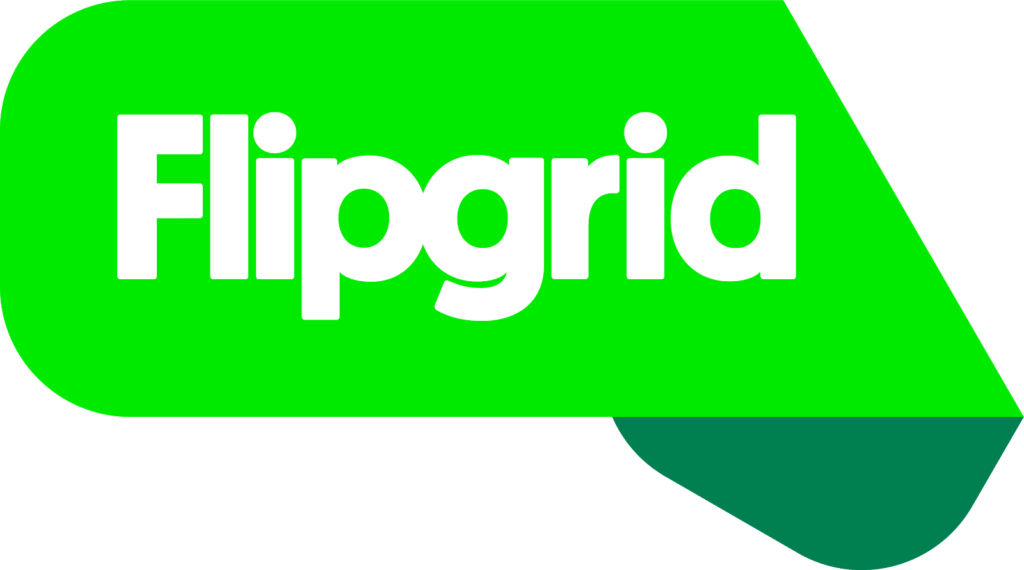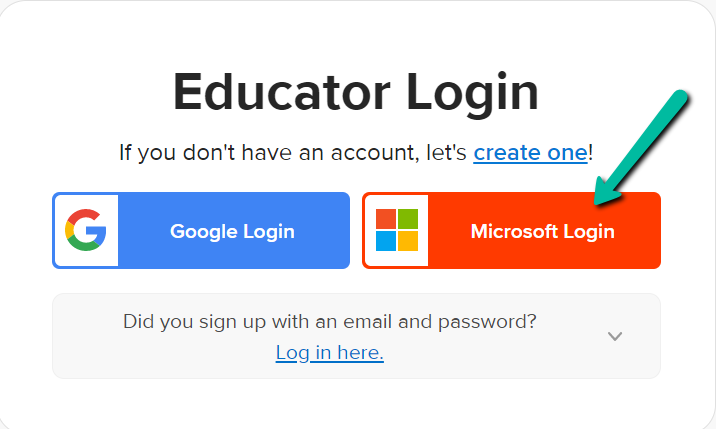The University of Sussex prides itself on being an inclusive education community, indeed inclusion is one of the five core values of the University’s Strategic Framework. Building on wider institutional efforts in this important area Technology Enhanced Learning and the Library have come together to licence a new online service to aid digital accessibility – SensusAccess.
Available to all staff and students of the University, SensusAccess is a self-service tool that enables users to upload and convert digital files into a range of alternative formats. The solution is particularly helpful in providing a means to convert inaccessible documents such as image-based PDF files to a more accessible format.
The Public Sector Bodies (Websites and Mobile Applications) Accessibility Regulations 2018 came in to effect on the 23rd of September 2019. The new regulations set out stringent accessibility standards that must be met by all Public Sector Bodies, including universities. Content on websites, mobile apps and hosted on online study platforms such as Canvas must comply with accessibility standards. Public bodies must publish accessibility statements detailing any known accessibility problems, provide access to alternative formats where necessary and detail how users may report accessibility issues. Developing awareness of accessible design and supporting accessible content creation is therefore crucial to both ensuring inclusivity and meeting legal obligations.
SensusAccess provides a means for individuals to convert digital content to a format that best suits their need, including ebooks (EPUB, EPUB3 and Mobi), audio (MP3/Daisy) and braille. Uploaded files are processed and the converted output is emailed directly to your inbox.
SensusAccess is available to all members of the University of Sussex community through Canvas and can be accessed from the Help menu.

Students and staff can also access SensusAccess from the Library website.

Accessible design benefits everyone. In recognition of this, the promotion of digital accessibility and inclusive teaching practices has been, and will continue to be, a priority for Technology Enhanced Learning.
In academic year 2019/20 we will build on recent activities which have included a guest article by Dr Lara Montesinos Coleman from the School of Global Studies on the topic of ‘Effective pedagogy for students with Specific Learning Difficulties’; an invited seminar with guest expert Dr David Sloan from The Paciello Group, who provided invaluable guidance on how individual digital content creators can ensure their resources are optimally accessible; a blog post highlighting the Accessibility Checker functionality within Canvas; and a series of professional development workshops for academic staff on ‘Designing engaging and inclusive presentations’.
SensusAccess represents our next step on this journey and an important new tool in our effort to reduce accessibility barriers for everyone in the Sussex educational community.
References
The Public Sector Bodies (Websites and Mobile Applications) Accessibility Regulations 2018 (2018). Available at: http://www.legislation.gov.uk/uksi/2018/852/contents/made
Government Digital Service (2019), Understanding new accessibility requirements for public sector bodies. Available at: https://www.gov.uk/guidance/accessibility-requirements-for-public-sector-websites-and-apps











